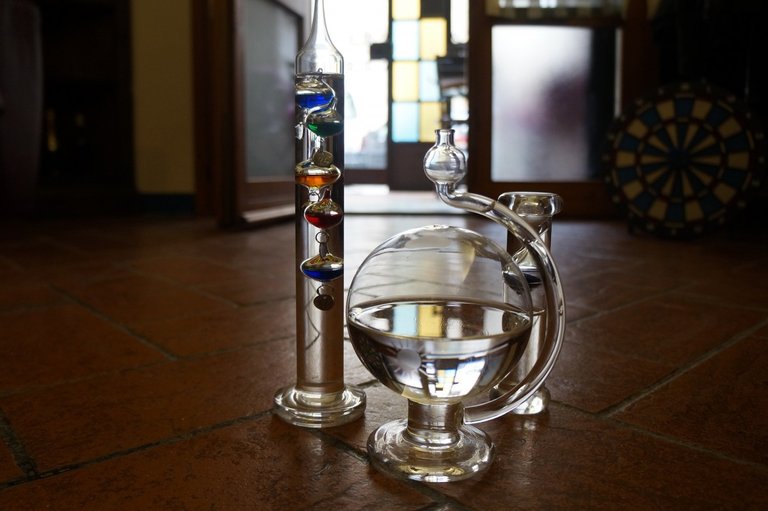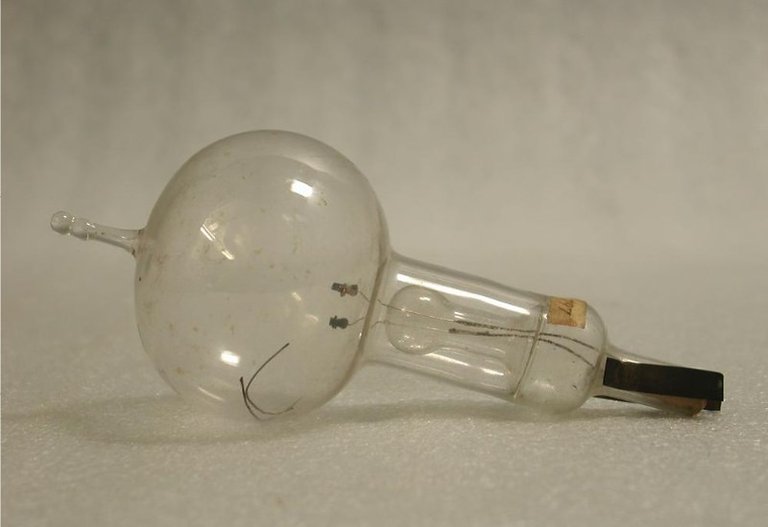Who Really Discovered the Light Bulb First
You see, the question who invented the light bulb has answers that look very easy, but it is the quickest way to start an argument between science historians. Some people will say blatantly that Thomas Edison created the first light bulb although there are a lot of people who have contrary opinions and prove that before Edison, people have created different types of bulb.
So to understand the first light bulb, I decided to read on light bulbs and to understand the timeline of its creation. If we were to follow the timeline of light bulbs, then we will not refer to Edison as the first person to discover a bulb. If we are to follow history, we can say that Barometric lights were the first bulb to emit mysterious glows from glass container of mercury.
In the late 1670s, astronomer Jean-Felix Picard noticed that there was something strange in his barometer while in a dim room. Early barometers were equipment that have mercury in them partially filled, and was turned upside down. The greater the air pressure, the more mercury would be pushed up the tube and he noticed that his barometer glowed as the mercury moved up and down. This caught his attention, and he decided to report his observation to the French Academy of Sciences.
When it was submitted to the academy, it got the attention of the science world including that of the mathematician Juhann Bernoulli to launch his own his investigation. Although it was intriguing, the scientific community lost interest in what is referred to as Barometric light because at this time, a lot of things was going on in science. It was at this time that Isaac Newton was at his glory height and were inventing modern physics.
Although Newton and other scientists of his time were making waves, his assistant Francis Hauksbee picked up the barometric light in 1705 and wanted to know what it was. He used a 9 inch glass sphere where he pumped air into it and it glowed all through. He realized that if he put his hands on a sphere while it spun, it would shine brighter. While Hauksbee was doing his experiment with light, other scientists like physicist Pierre Poliniere were working on the Barometric light.
Pierre Poliniere put the mercury in a glass, and realized that the mercury would shine by just tapping the glass instead of spinning it and noticed that when he put sand into the glass of mercury, the light stops glowing in areas where the sand settles which caused him to conclude that motion was responsible for the glowing of the mercury. This is what we refer to as Frictional/Static Electricity today.
If we are to judge a light in a bulb based on static electricity found in Mercury bulb, then we might say Jean-Felix Picard, and Hauksbee's bulb were the first electrical bulb, since they lit up using Electricity (Static Electricity).
In reconsidering the narrative of the first electrical bulb, Picard's and Hauksbee's contributions in harnessing static electricity to generate light should not be overlooked. While Edison's name looms large in popular history, the early experiments with Barometric lights, driven by curiosity and scientific exploration, played an essential role in paving the way for the modern light bulb.
Reference
https://www.aps.org/publications/apsnews/202007/history.cfm
https://gallica.bnf.fr/ark:/12148/bpt6k56527v/f113.item.langEN
https://www.jstor.org/stable/228490?seq=4
https://www.nature.com/articles/34617


Thanks for your contribution to the STEMsocial community. Feel free to join us on discord to get to know the rest of us!
Please consider delegating to the @stemsocial account (85% of the curation rewards are returned).
Thanks for including @stemsocial as a beneficiary, which gives you stronger support.